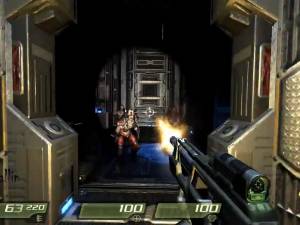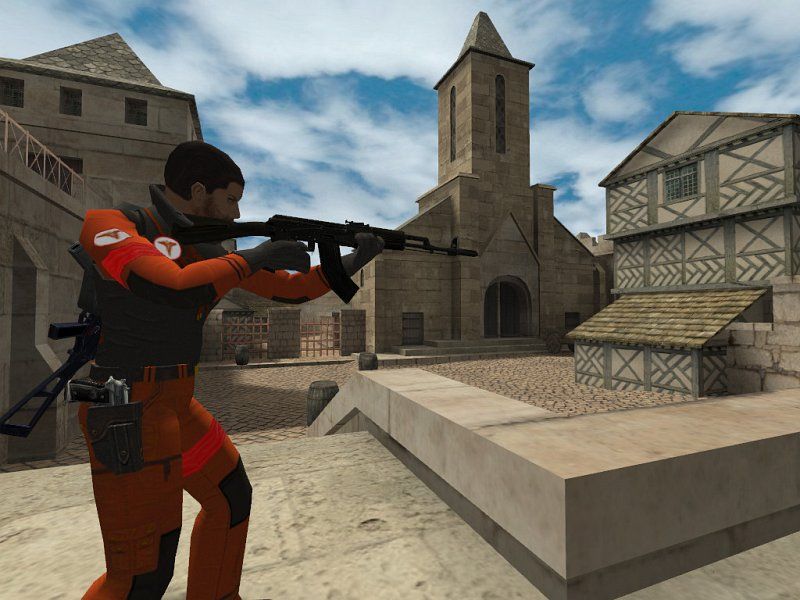
Strauss sticks out in particular, a seemingly cowardly and egotistical tech who proves to be your closest ally and a survivor who helps create the final master plan to win the day. The marines are characterized about how you expect and all look very similar due to how chunky models in id Tech 4 tend to look, but you get the occasional surprise.

The narrative bones of Quake II are fleshed out here, with characters and arcs abound. Your guy, Kane, has to help the Rhino Squad and other marines topside take down the Strogg infrastructure and destroy the nexus core, a sort of hivemind that commands their armies. It takes place just after Bitterman destroyed the “Big Gun,” the invasion of the Strogg home planet starting up in force. Of that era, this is probably the best of the bunch, and the most fitting representation of the Quake II-verse.
Quake 4 multiplayer could not create software#
The issue is less that Quake 4 is bad, far from it, but very different from both the classic id Software style and their fleshed out modern style, the awkward teen years where they couldn’t decide between atmosphere and gameplay. It was id Software trying harder to get into the growing console market, though it’s hard to say if the sluggish nature of Quake 4 was due to trying to copy the Halo formula a bit for a game easier to play with joysticks, or because of the DOOM 3 similarities. It was also an Xbox 360 launch title, and that port did indeed suffer from some choppy frames and slow down. Raven’s take on the series was co-developed alongside the tad sluggish DOOM 3, which people were mixed on and still are to this day, with a somewhat similar design style. It isn’t really remembered all that well, but that’s not too surprising with the period it released.


Quake 4 was the last game with a proper single player campaign in the franchise, and the game that perfectly defined the gory, biopunk obsessed menace of the Strogg.


 0 kommentar(er)
0 kommentar(er)
